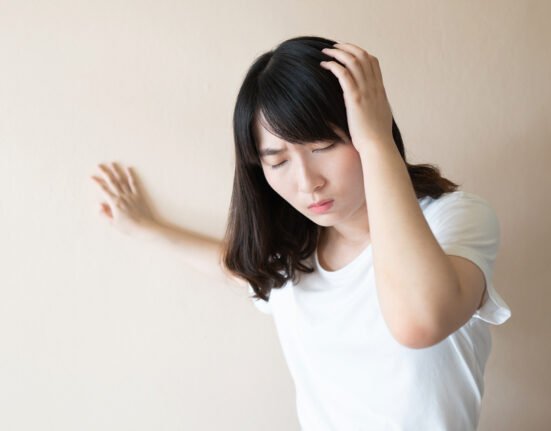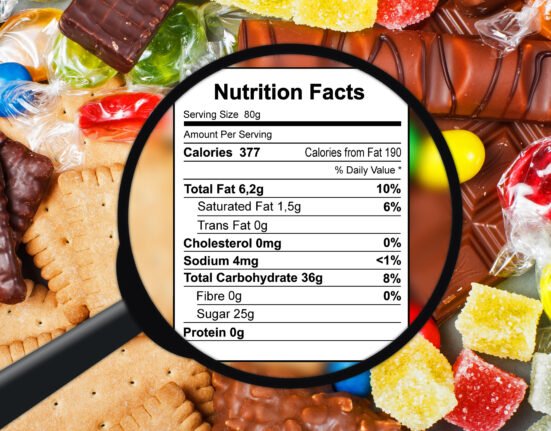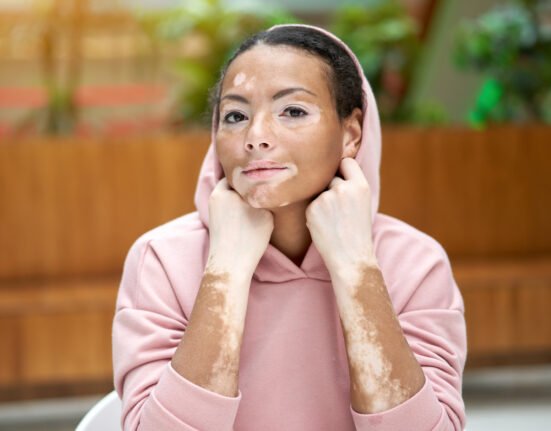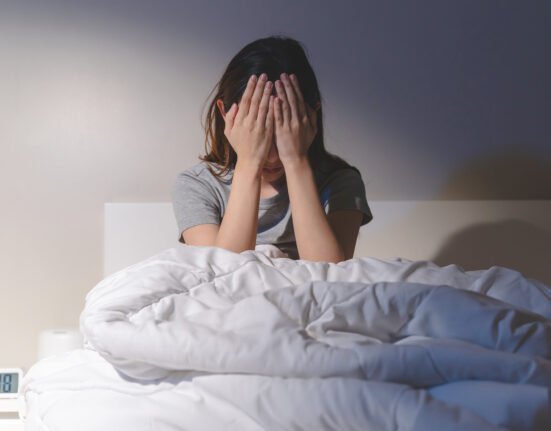Acne isn’t just a teenage problem. Many adults—especially women—struggle with hormonal acne, particularly before menstruation, during pregnancy, after stopping birth control, or during menopause.
This type of acne tends to recur, can be painful, and often leaves stubborn marks if not treated properly. However, the good news is that hormonal acne can be managed with the right approach, both from the inside and out.
What Is Hormonal Acne?
Hormonal acne is triggered by hormone imbalances that cause the oil glands (sebaceous glands) to produce excess sebum.
This excess oil clogs pores, leading to inflammation and encouraging the growth of Propionibacterium acnes (P. acnes), a primary cause of acne.
As a result, you may notice:
- Whiteheads, blackheads, inflamed red pimples, or even painful deep cysts
- Breakouts most commonly occur on the T-zone: forehead, nose, and chin
- Flare-ups that come back regularly, often around your menstrual cycle or during hormonal changes
How to Treat Hormonal Acne

To manage hormonal acne effectively, a comprehensive approach is key: balancing hormones, treating the skin gently, and supporting healing when breakouts occur.
Here’s what you can do:
1. Cleanse Your Face Regularly
Wash your face every morning and night with a gentle cleanser, and avoid harsh soaps or anything with alcohol.
Don’t scrub too hard, as irritated skin is more prone to breakouts.
2. Use Acne Products Wisely
Acne-fighting products with salicylic acid or benzoyl peroxide can help unclog pores and reduce inflammation. But use them carefully, as they may cause dryness or irritation.
If your skin is inflamed or broken from acne, you can use wund+™ Regeneration Cream, a skin-repair cream that helps:
- Reduce localized inflammation
- Speed up skin tissue recovery
- Soothe irritation and redness
This cream is ideal for use after a breakout or when skin feels sore from deep acne.
3. Never Skip Sunscreen
Sunscreen is essential, even when indoors. Choose a non-comedogenic, lightweight formula.
UV rays can worsen inflammation and slow the skin’s healing process.
4. Moisturize and Don’t Over-Exfoliate
Oily skin still needs hydration. Use a lightweight, non-pore-clogging moisturizer.
Avoid overexfoliating, as this can damage your skin barrier.
To hydrate while supporting skin regeneration, try wund+™ Wound Spray (hypochlorous acid) after cleansing. This spray:
- Gently cleans acne-prone areas without over-drying
- Has mild antimicrobial properties without irritating the skin
- Can be used before applying other topical products
5. Treat Acne Scars Early
Hormonal acne can leave behind hyperpigmentation or textural scars.
To help fade acne scars gradually, use wund+™ Scar Gel, formulated with Centella Reversa stem cells.
This scar gel is designed to:
- Boost scar tissue regeneration
- Reduce post-acne inflammation
- Smooth and even out skin texture
Apply it regularly to scarred areas after the active breakout phase has passed.
Maintain a Healthy Lifestyle
- Eat a balanced diet: cut back on sugar, processed foods, and fried snacks
- Get enough sleep and manage stress
- Avoid picking or squeezing your acne. It can make scarring worse.
When to See a Dermatologist
If your hormonal acne becomes severe, painful, or recurs on a monthly basis, consult a dermatologist.
They may recommend hormonal therapy, retinoids, or oral/topical antibiotics tailored to your condition.
Hormonal acne can be frustrating, but it is manageable. With consistent skin care, the right products like wund+™, and healthy lifestyle habits, your skin can become calm, balanced, and healthy again.
Treating acne isn’t a race. It’s all about patience and persistence.
References
Cleveland Clinic. Diakses pada 2025. Hormonal Acne.
Medical News Today. Diakses pada 2025. Hormonal acne: What you need to know.














Leave feedback about this